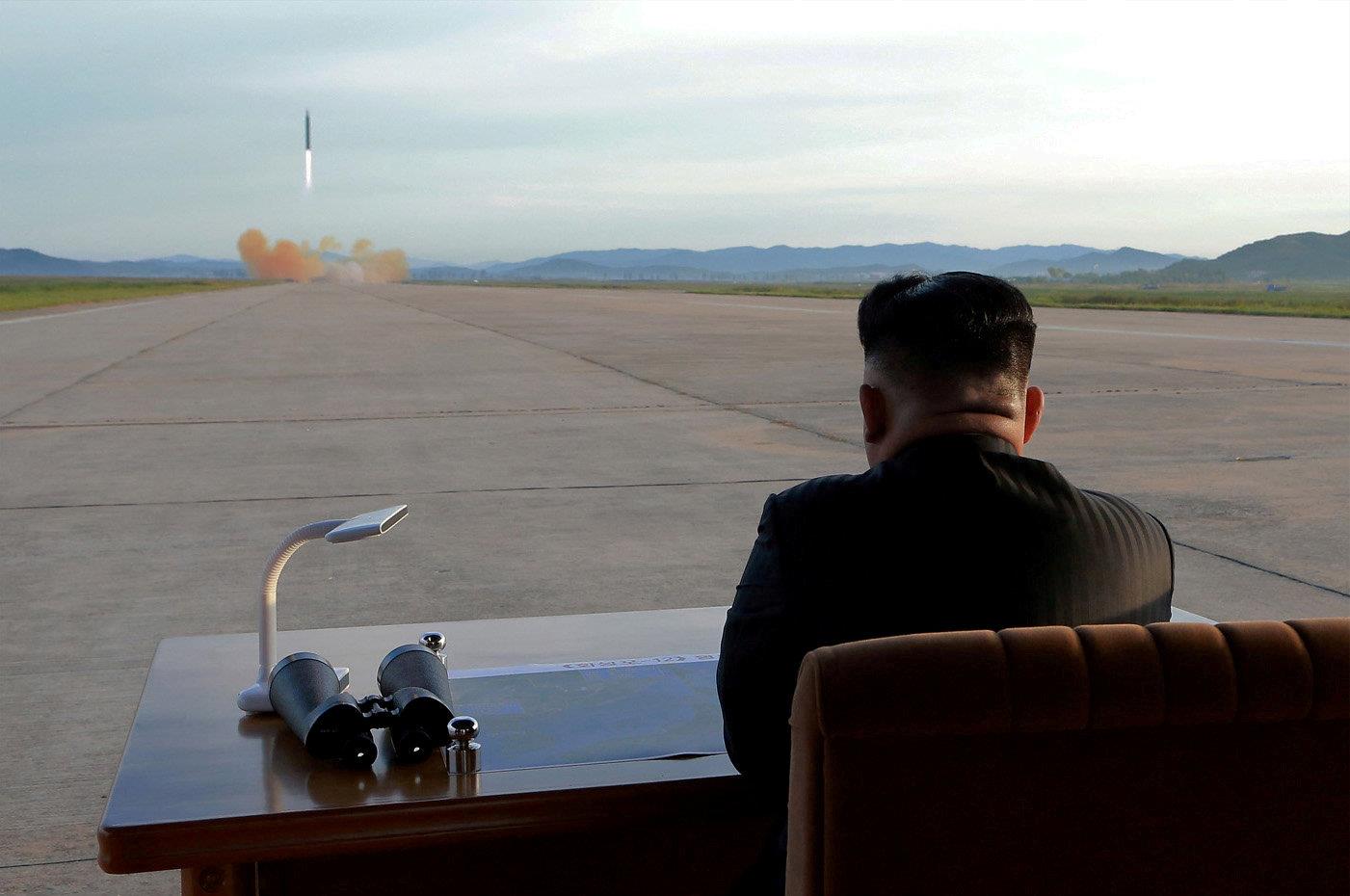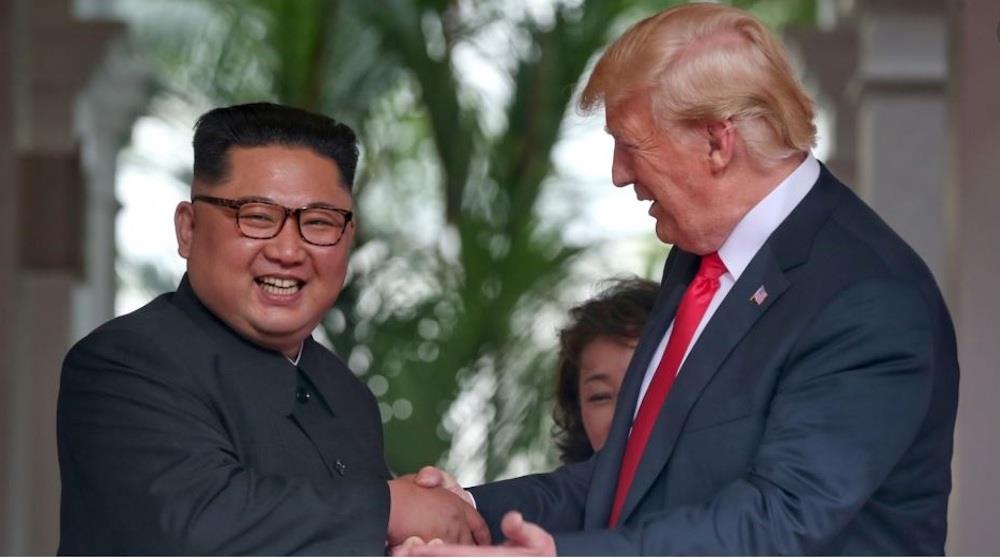(MENAFN- Asia Times)
SEOUL – North Korea launched at least two cruise missiles on Tuesday (January 25), South Korea's military announced later in the day.
The missiles were fired from an inland area, a South Korean official told reporters, according to Yonhap news agency . That firing point suggests they were not tactical anti-shipping missiles.
Tuesday's firings were Pyongyang's fifth round of missile launches in what is becoming a very busy year for the technicians and troops of the North's rocket units.
Experts argue that this barrage could be designed to test new weaponry and systems, or to showcase operational capabilities. Or, it could be designed to send a political message to audiences, either internal or external.
Of course, it could also be a multi-pronged strategy that is a blend of all these motivations.
Earlier launches this year were of ballistic missiles, including defense-baffling hypersonics, as well as mobile, and therefore more survivable, train-borne weapons. Though North Korea is banned by UN Security Council resolutions from owning ballistic missile technologies, the heavily sanctioned state routinely defies the restrictions.
Although North Korea is banned from owning ballistic missiles, it is not barred from owning cruise missiles. Ballistic missiles, that ascend and descend in a parabola, are generally larger, long-ranged and faster than cruise missiles, which fly on flat trajectories and are used to hit pinpoint, tactical targets.

North Korean leader Kim Jong Un watches the launch of a missile in this undated photo released by North Korea's Korean Central News Agency. Photo: KCNA
Internal motivations light up the sky
Tuesday's test of cruise missiles lends credence to those who believe North Korea is testing or demonstrating its abilities for internal reasons, rather than making a political statement to overseas audiences, such as to the Joe Biden White House.
Buttressing this analysis is the likelihood that recent launches are generating“missile fatigue” at a time when global political, diplomatic, military and media attention is heavily focused upon Ukraine and Taiwan.
“Things are happening in Eastern Europe and the South China Sea, so you would think Kim Jong Un is taking this into account,” said Chun In-bum, a retired South Korean general.“The logical conclusion is that to do this now is against common sense, so it seems that rather than a political objective, this is normal readiness. They are working to their own timetable.”
Military professionals say it is essential that the full system – troops as well as technologies – need to be exercised. That means fueling, deploying and firing, while observing command and control and communications protocols.
Chun also warned against seeing the missile launches strictly as tests.
“They are not just testing, they are showing that these weapons systems are operational,” he told Asia Times.“These have passed the test stage.”
Michael Breen, the Seoul-based author of The New Koreans and a biographer of Kim Jong Il, the late father of current North Korean leader Kim Jong Un, suspects that the launches, which are covered by state media, aim to lift the spirits of the local populace.
North Koreans are suffering hardships caused by years of sanctions and ongoing Covid-19 restrictions that have impacted trade and market activities.
“I assume this is something that your average North Korean, far from questioning, would receive comfort from. He would be thinking, 'we are a military power, we are being protected by our leadership',” Breen told Asia Times.“I don't see anyone saying 'oh God, he is provoking the Americans.'”
This is particularly the case due to the closed borders and media firewalls that, while not entirely impermeable, largely isolate North Koreans from the outside world.
“They don't have the information at their fingertips, or the context, to think differently,” Breen said.

US President Donald Trump meets North Korean leader Kim Jong Un at the Capella Hotel on Sentosa island in Singapore on June 12, 2018. Photo: WikiCommons
Aiming at American eyes
Still, it could indeed be the case that Pyongyang is bringing new systems to the attention of the Americans – albeit with a long-range goal in mind.
Since the implosion of leader-to-leader talks between North Korea and the US – when a summit between Kim and then-US president Donald Trump collapsed without any achievement in Hanoi in 2019 – bilateral negotiations have dwindled to nothing.
The US routinely states it is ready for talks with North Korea. But North Korea has not, since the Biden administration took office, taken up the offer.
Instead, in early 2021, North Korea announced a long new list of weapons set to be developed, including hypersonic missiles, submarine-launched ballistic missiles and tactical nuclear weapons.
Very few experts believe North Korea will ever give up its core nuclear deterrent – intercontinental ballistic missiles and nuclear warheads. However, it could feasibly use its newly developed, non-core assets as bargaining tools to be deployed when it decides the time is right to return to talks with the US.
“They do draw attention to themselves, so maybe they are creating cards that can be negotiated away as they pursue their goals of ending the Korean War and getting the Americans off the peninsula,” said Breen.
MENAFN25012022000159011032ID1103590799
Legal Disclaimer:
MENAFN provides the information “as is” without warranty of any kind. We do not accept any responsibility or liability for the accuracy, content, images, videos, licenses, completeness, legality, or reliability of the information contained in this article. If you have any complaints or copyright issues related to this article, kindly contact the provider above.